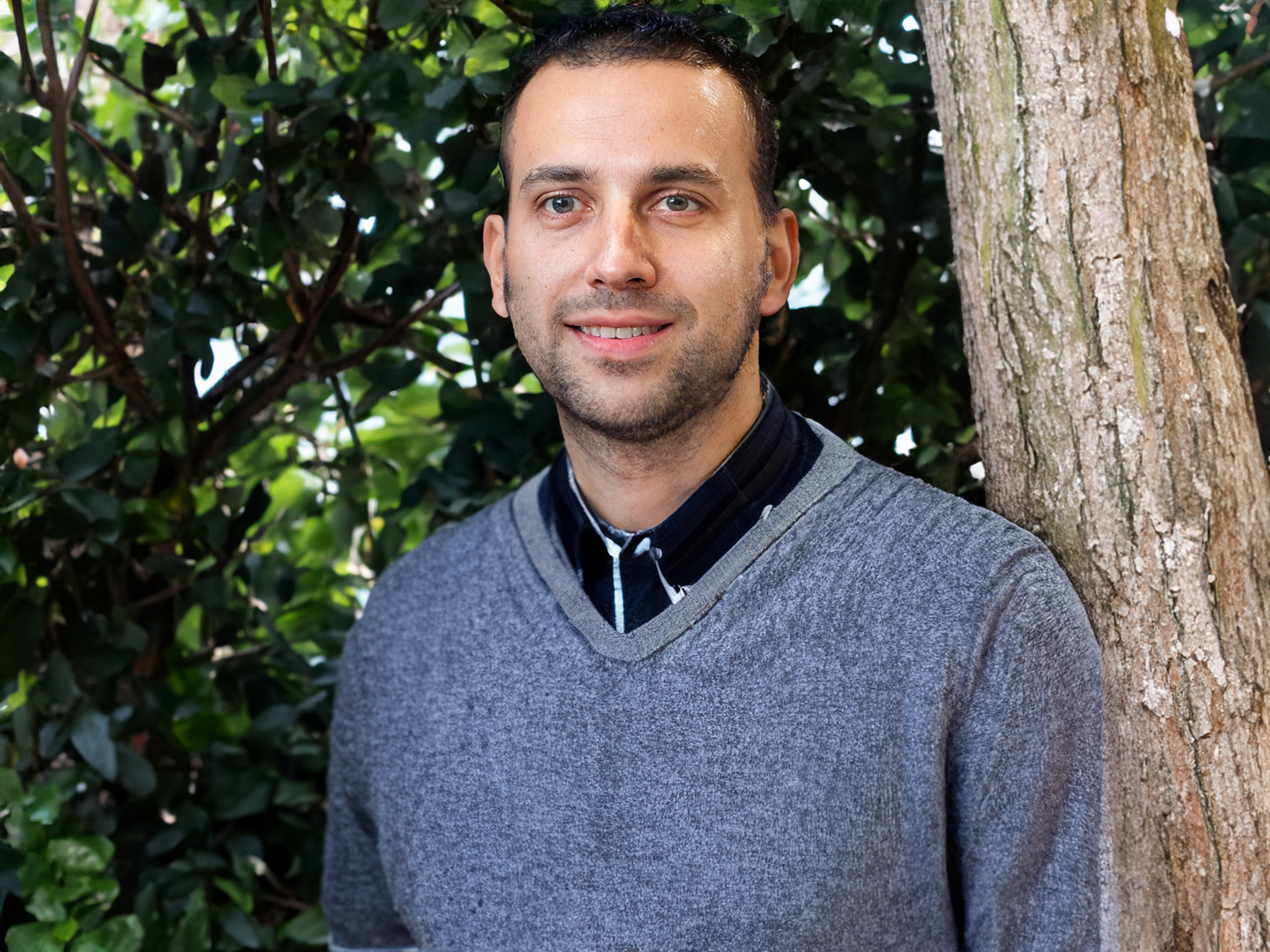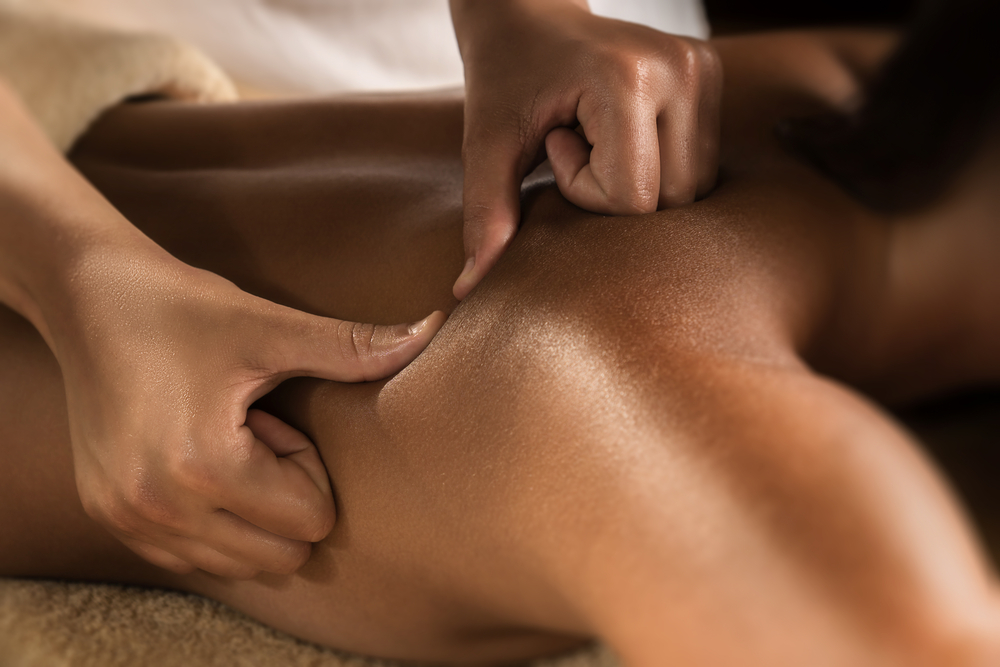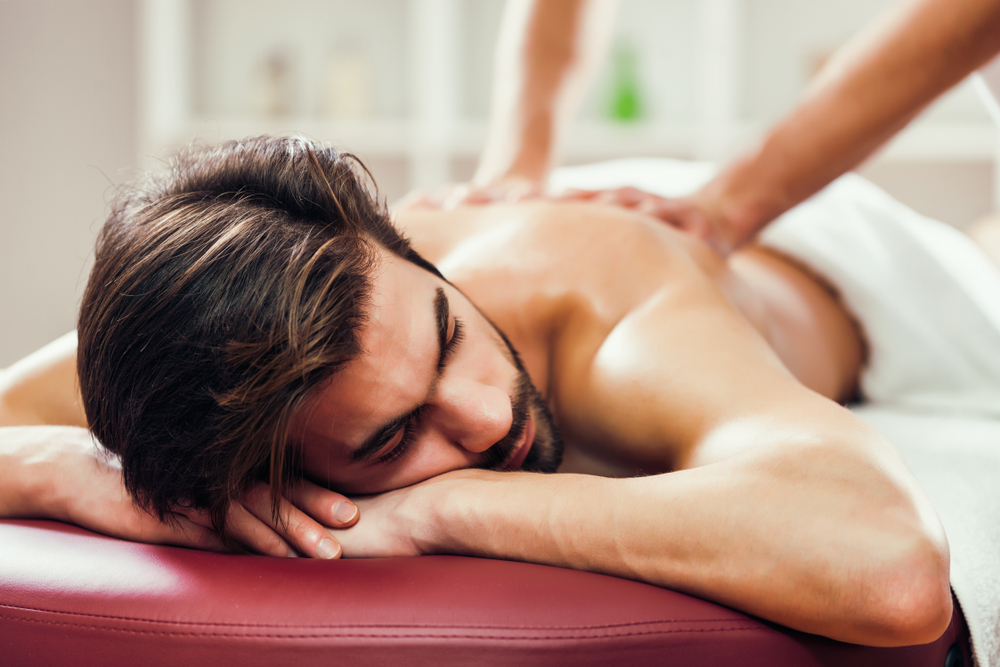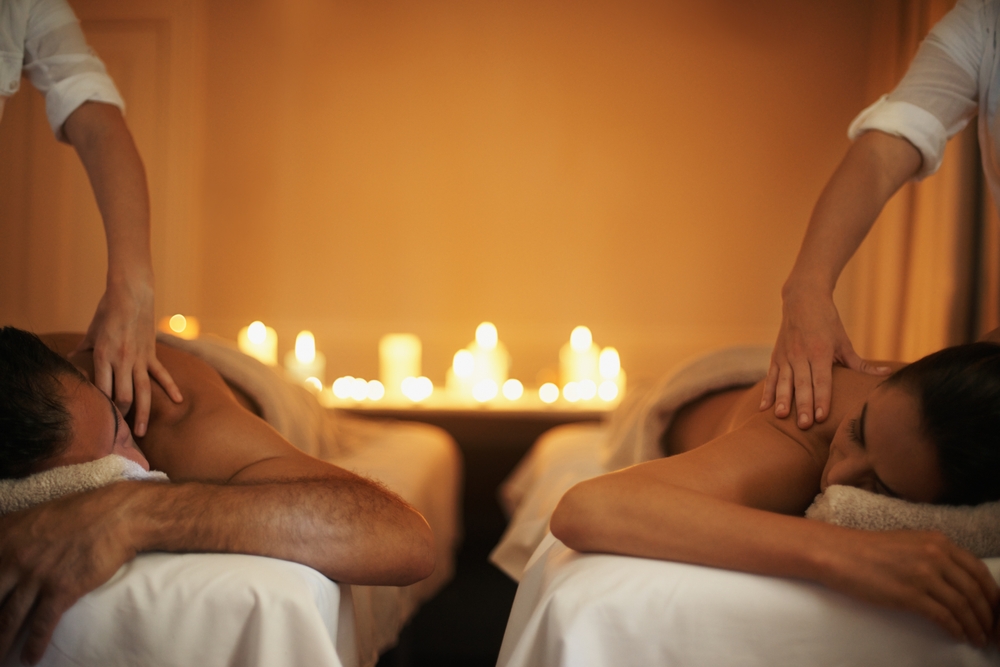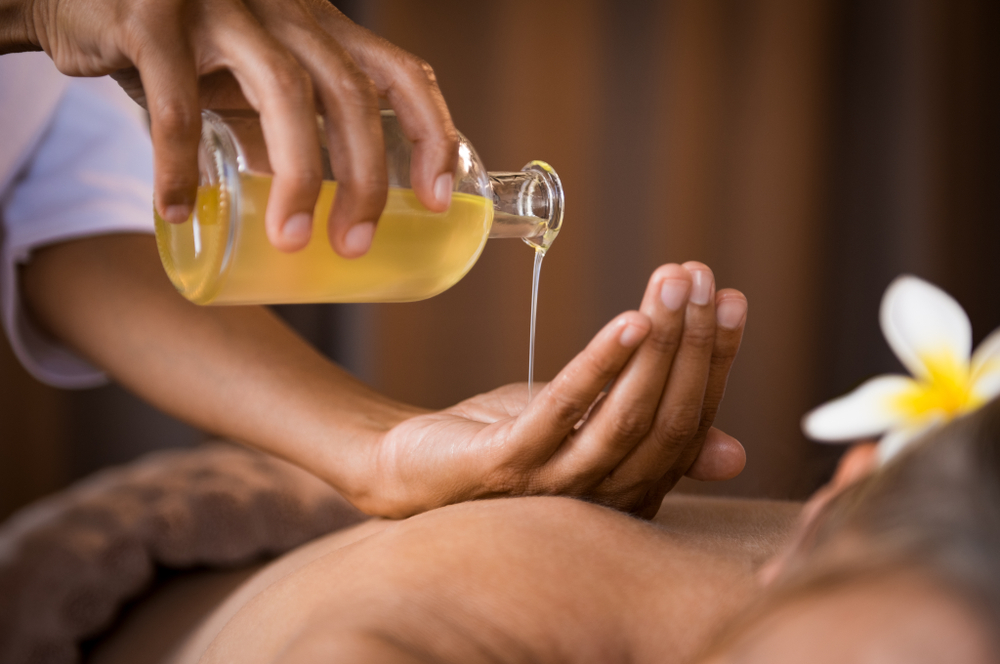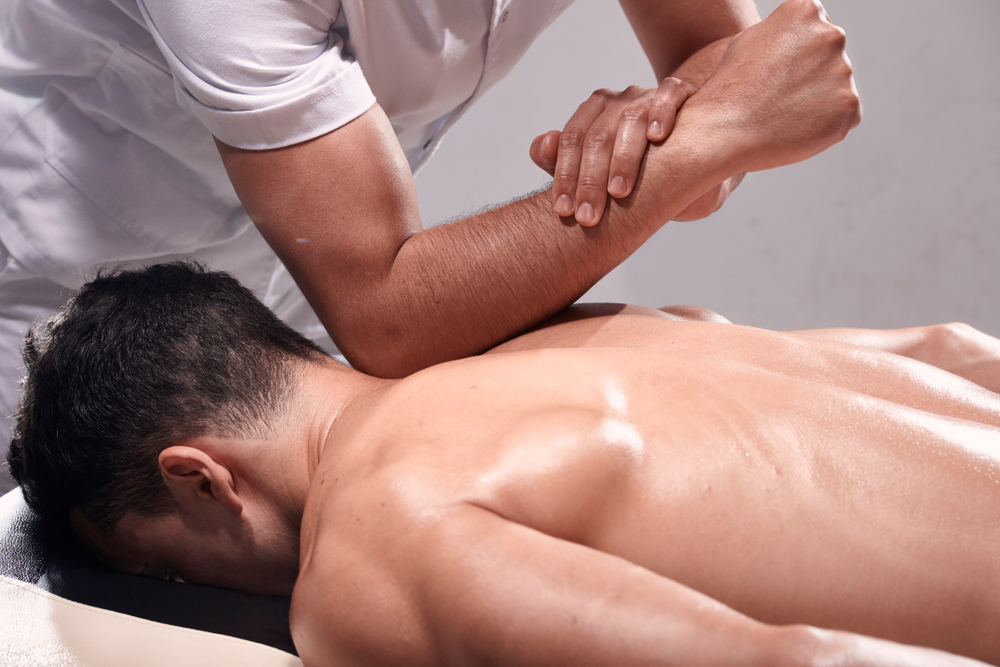
What Is Sports Massage?
Sports massage is a great way to address the body’s soft tissues, suitable for everyone from non-athletes to athletes.
This massage style combines different techniques. These include trigger point therapy, kneading, wringing, and gliding strokes (effleurage).
Targeting specific areas of pain or tension is key. This, along with relaxing the entire musculoskeletal system, brings great benefits. Sports massage helps in general and also has specific therapeutic advantages. It helps with muscle tension, loosens adhesions, and moves soft tissues to ease pain.
What Are the Health Benefits of Sports Massage?
Sports massage offers tons of perks! Ideal for athletes and non-athletes alike. Check out some key advantages below:
- Increased joint range of motion (ROM)
- Enhanced flexibility
- Decreased muscle tension
- Reduced neurological excitability (nerves are more relaxed)
- Fewer muscle spasms
- Improved sense of well-being
- Decreased anxiety and enhanced mood
- Better sleep quality
- Possible increase in blood flow
- Potential for increased elimination of exercise waste products (like lactic acid)
- Lowered risk of injury
- Shortened recovery time between workouts
Whether you’re a professional athlete, enjoying weekend sports, or simply prioritizing staying active and healthy, sports massage is here to support you.
Deep Tissue Massage vs. Sports Massage
Deep tissue massage employs techniques akin to sports massage, such as effleurage. But, it’s usually firm pressure for the whole body instead of just one spot. While, it can be more focused when targeting neck or chronic lower back pain, or even for pain relief during labor and delivery.
Who Should be Treated?
Sports Massages are not exclusively for athletes. They are a suitable treatment for anyone requiring remedial therapy or soft tissue mobilization.
Sports massage offers some great healing benefits! It’s a valuable choice for different scenarios. For example, it’s good for post-surgery recovery. It also complements physiotherapy, osteopathy, or chiropractic care. And, it’s a wellness perk at work.
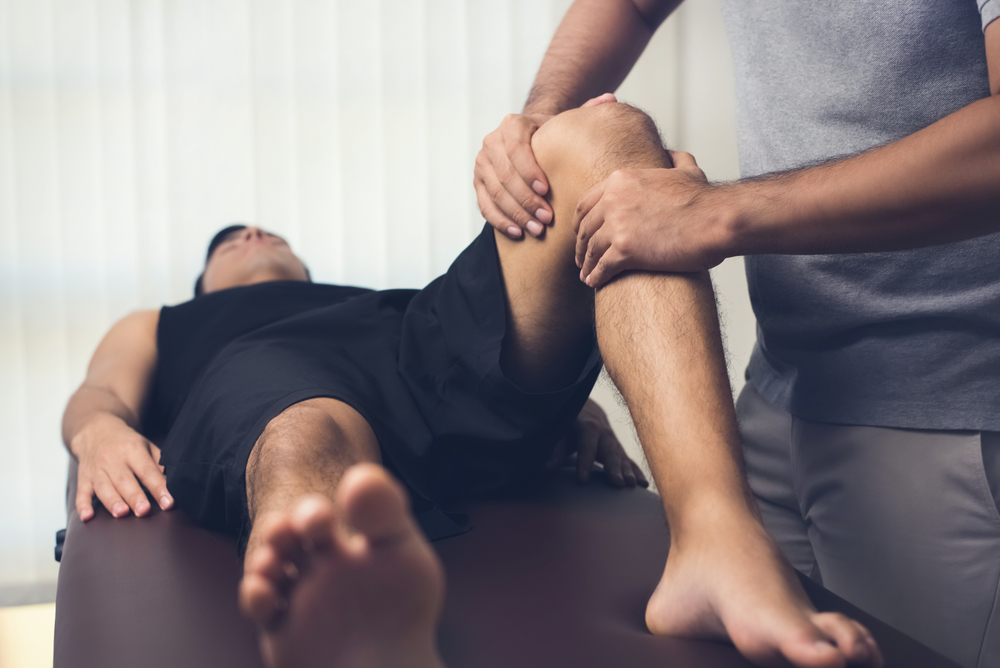
For those in sports, sport massage is a key part of their training. It helps with preparation and recovery. It also boosts performance.
Despite its name, it’s not just for sports. Sports massage is versatile. It can help anyone, no matter their activity level.
Learn more about What Is Massage
Which Methods Are Applied during a Sports Massage?
Sports massage uses many techniques. They are tailored to meet the body’s specific needs. These needs are especially important for those who are physically active.
These techniques include:
- Effleurage uses long, smooth strokes. They are done with hands and fingers. They warm up your muscles or chill them at the end. It’s great for boosting blood flow.
- Petrissage is like deep kneading. You squeeze and roll to get into muscle layers, break up knots, and get the blood moving.
- Friction They press down hard on certain spots. Or, they move along your muscles to fix sticky bits where muscle fibers are tangled.
- Trigger Point Therapy: This targets those annoying spots in your muscles. They are super tight and cause pain elsewhere. Pressing on them helps ease the tension and pain.
- Muscle Stripping sounds hardcore. But, it’s just using thumbs or elbows to press down and slide along your muscles. The aim is to sort out any tightness.
- Wringing and Compression do this. They press and squeeze your muscles from different sides. This helps to remove toxins and loosen things up.
- Stretching might stretch you out too. This helps make you more flexible and can prevent injuries.
- Vibration or Shaking: This is a quick, jittery move that helps relax your muscles and wake up your nerves.
Each technique serves a purpose. They improve circulation, ease muscle tension, boost flexibility, and aid injury recovery.
The mix and strength of these techniques can vary. It depends on the person’s needs, the sports they do, and any muscle issues they have.
How Painful Can a Sports Massage Be?
You may feel some discomfort during or after a sports massage, but it should not cause significant pain. If you feel pain beyond what some call “the good kind of hurt,” tell your therapist right away.
When Might a Sports Massage Be Beneficial?
Sports massage really works well as a treatment method:
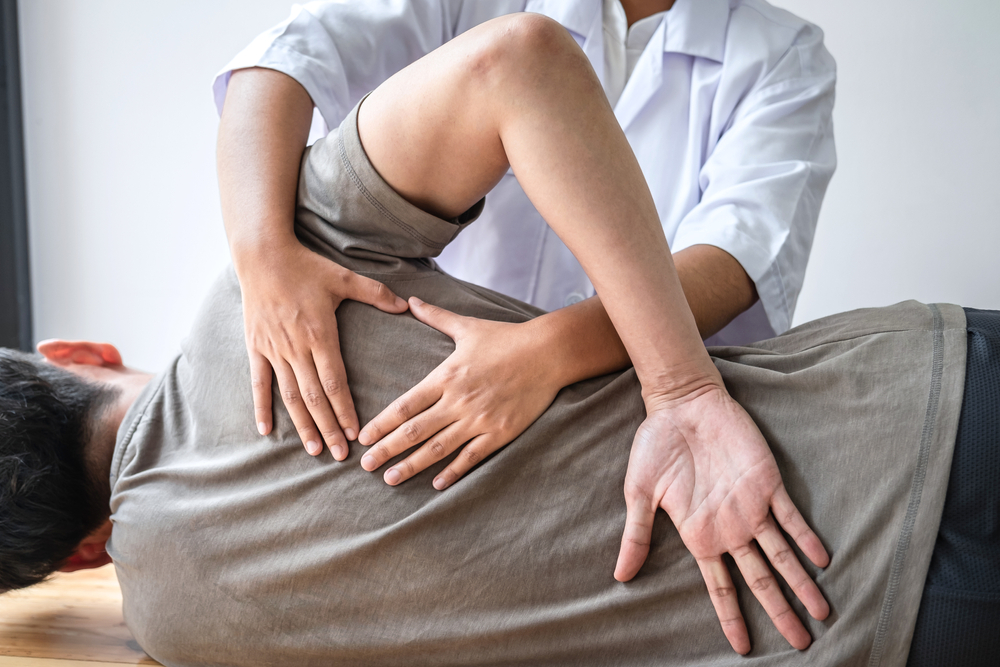
- To treat delayed Onset Muscle Soreness (DOMS)
- Part of a training program
- Post Event gentle massage post-event can aid in the recovery process
- Pre Event a quick, stimulating massage 15-45 minutes before the event can boost circulation, flexibility, and mental clarity.
- To relieve tight Muscles
- Rehabilitation it can be a part of the rehabilitation process, helping to restore mobility and strength.
Effects of Sports Massage on the Body
Sports massage does a lot of good for your body, from head to toe. First, it gets your blood moving better. So, your muscles get all the oxygen and nutrients they need to heal and grow stronger.
It also helps your body get rid of waste, such as lactic acid. This means less muscle pain and tiredness after working out. Sports massage eases muscle tension. This makes your muscles relax and stretch out. It helps you be more flexible. This is great for your sports game and just moving around more easily every day.
If you’ve got pain from an old injury or just general aches, sports massage can help. It does this by getting more blood to your muscles and easing tight spots.
It also chills out your nervous system, making you feel more relaxed and cutting down on stress. Plus, it helps sort out muscles that are too tight, helping your body to stay balanced and move better.
Over time, it can even break down scar tissue. This makes it easier to move body parts that might be stiff or sore from old injuries. And, it boosts your endorphins – those are your body’s own painkillers, making you feel good all over.
The Bottom Line
Sports massage is popular for addressing muscle injuries and improving muscle flexibility. Various techniques are utilized based on individual needs.
Experienced massage therapists use these techniques effectively for best results. Sports massage has many benefits. It helps with sports prep and recovery after workouts. It also improves training and helps manage muscle tightness.
Choosing sports massage can reduce pain. It can boost muscle flexibility, speed injury recovery, and improve performance. It can also prevent injuries.
FAQ
What is the difference between a sport massage and a regular massage?
A sport massage is specifically tailored for those engaged in physical activities, focusing on improving performance, preventing injuries, and aiding in recovery through specialized techniques and intentions.
What happens to your body during a sport massage?
During a sport massage, your body experiences increased lymph flow and blood circulation to the extremities, enhancing the delivery of oxygen and nutrients to tissues, facilitated by deep stroking and kneading techniques.
How do I know if I need a sports massage?
You might need a sports massage if you frequently feel stiff after physical activities, indicating that your body is not recovering properly from the exertion.
How many sessions of sports massage?
The recommended frequency for sports massages varies based on individual needs, such as injury recovery or preparation for sports events, but generally, once a week or twice a month is advised.
How much rest after a sports massage?
After receiving a sports massage, it’s best to allow your body at least 24 hours of rest to enable muscle repair and recovery.

